Despite the popularity of the question, a honest answer must be disappointing: there’s no such thing. Some options will be generally better than others, but you’ll generally want to balance multiple sources of knowledge.
That’s where having an experienced teacher, or following a well-established curriculum can help.
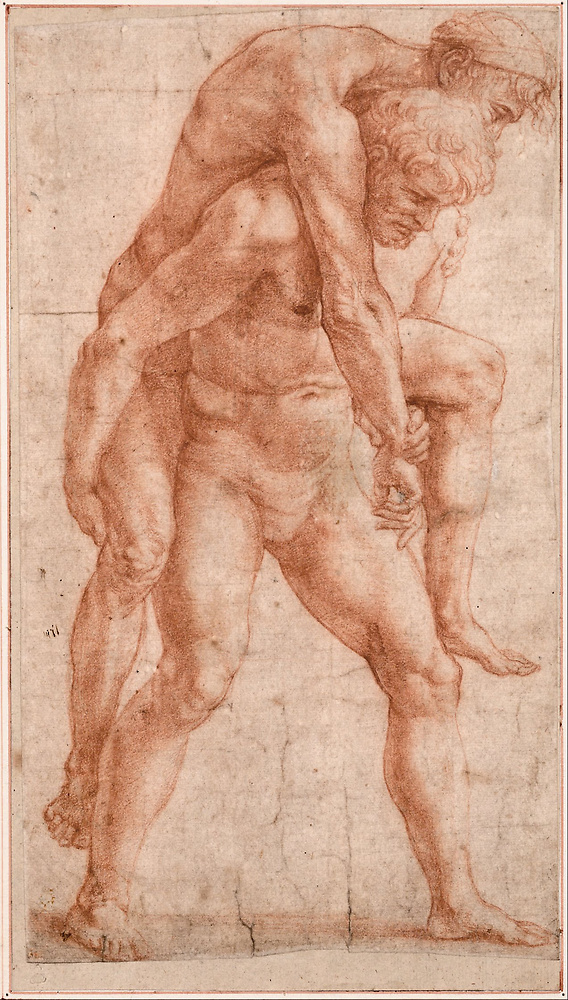
Young man carying an old man on his back, sanguine on paper, 1514
by
Raphael (Raffaello Sanzio)
An involved subject
The human figure is already in itself rather sophisticated. But its proper artistic rendition will demand a good command over drapery, background, composition and so forth.
In the end, in essence, drawing well the figure is akin to being a well-rounded artist. Meaning, the skills needed to efficiently draw the figure are the same you’ll need to draw arbitrary subjects.
Speed and accuracy
Now that we’ve established this, I think that the following advises, enunciated in the context of drawing not restricted to the figure, is of more value to a beginner than any drawing course. Its validity and value is even more treasurable in our days.
How that diligence [accuracy] should first be learnt rather than rapid execution.
If you, who draw, desire to study well and to good purpose, always go slowly to work in your drawing; and discriminate in the lights, which have the highest degree of brightness, and to what extent and likewise in the shadows, which are those that are darker than the others and in what way they intermingle; then their masses and the relative proportions of one to the other.
And note in their outlines, which way they tend; and which part of the lines is curved to one side or the other, and where they are more or less conspicuous and consequently broad or fine; and finally, that your light and shade blend without strokes and borders [but] looking like smoke.
And when you have thus schooled your hand and your judgment by such diligence, you will acquire rapidity before you are aware.
– Leonardo Da Vinci (Notebooks, Chapter IX - The Practice of Painting)
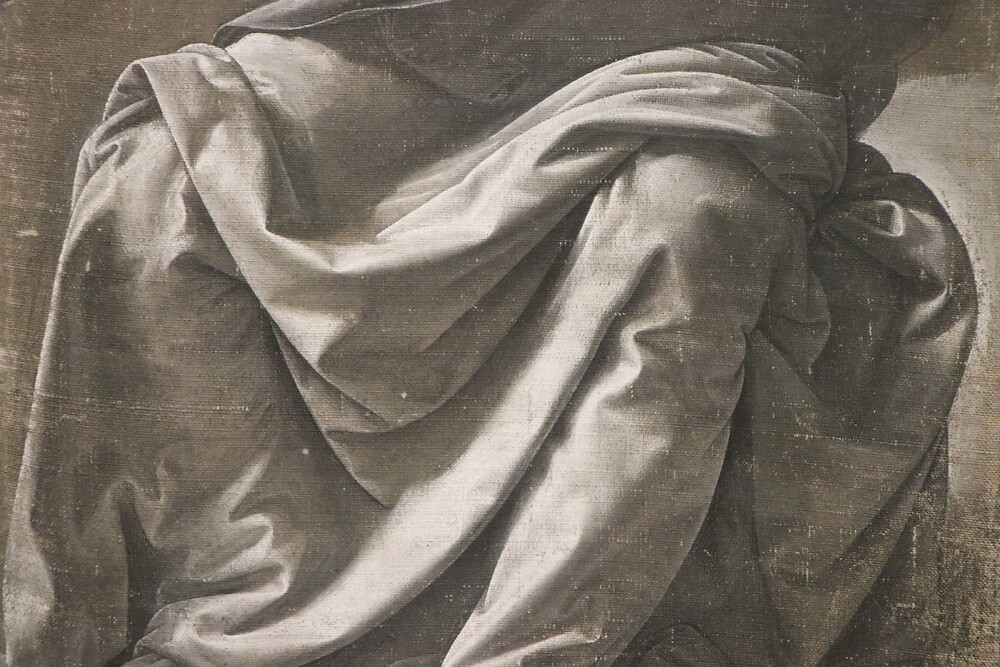
Drapery study
by
Leonardo da Vinci
Here’s a more recent take (last century) on the same idea:
Chapter 3 - First Exercises in Pen Handling
Take Your Time
The beginner must not try to rush ahead too fast. Just be content to master each step, one at a time. Just as the student of the piano would find it impossible to render even the simplest composition completely and correctly until thoroughly drilled in the proper preliminary steps, so the student of drawing will find obstacles equally great if, in his impatience, he attempts a finished drawing of any but the simplest of subjects before mastering the rudimentary exercises provided here.
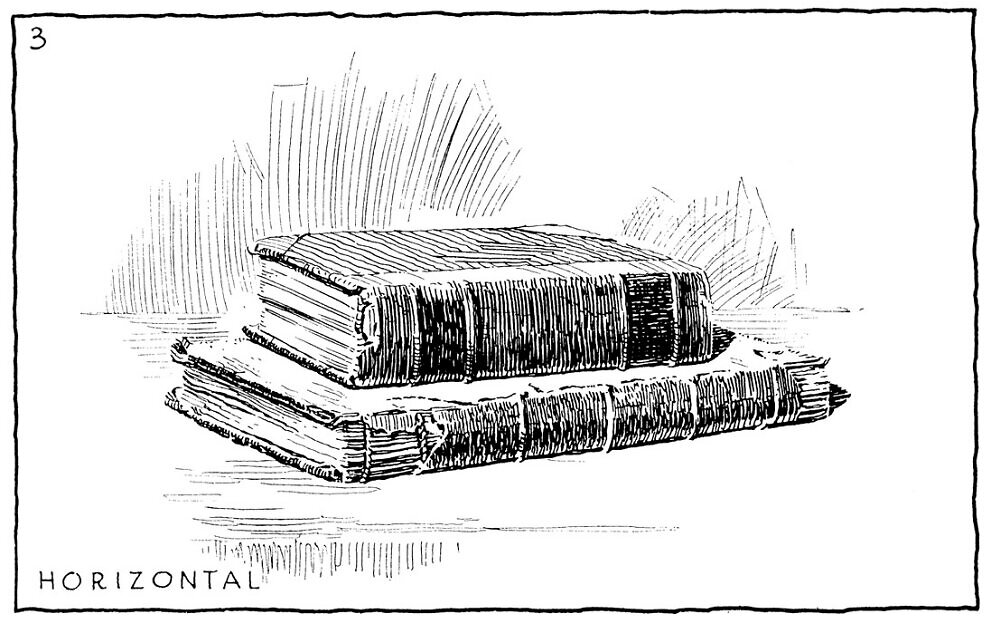
Figure 116, 3 of “Rendering in Pen & Ink”
by
Arthur L. Guptill
The following is from the second line of the San Zi Jing (三字經), used to be part of the core of the education of young Chinese boys under the Ming (1368-1644) and Qing (1636–1912) dynasties,
It roughly translates to:
If foolishly there is no teaching,
The nature will deteriorate.
The right way in teaching
Is to attach the utmost importance in thoroughness.
The notion of thoroughness almost certainly implies the idea of a slow and dedicated, persistent effort: one can hardly be thorough and hasty at once.
Solution?
If you’re really beginning, then pretty much any book written by even a slightly more advanced artist would benefit you. If you study it thoroughly, your eyes will develop, and you’ll soon be able to identify a better source of knowledge.
There is value in studying poor masters.
Of course, you could, and perhaps it’ll make your life easier, at least in the short run, learn from established teachers: major historical figures come to mind, but genuinely hard-working rather modern figures can also be of value.
People like Leonardo or Cennino Cennini offer valuable advises, sometimes beyond the scope of pure technicalities, but there have been major local improvements that shouldn’t be ignored. Compare for instance our modern conceptualization of color via the HSV system with Cennini’s narrow recipes. We take “primary” colors for granted today, but such models weren’t understood back then.
Hence, keep an open mind, and study potential modern improvements all while learning from generally acclaimed historical figures.
All that being said, I think Bargue’s course is one of the best option to train for accuracy and drawing from observation. More advanced drawings for copy could be found in academical archives; there are some books published in Russian and Chinese containing century old drawings from the Russian academy.
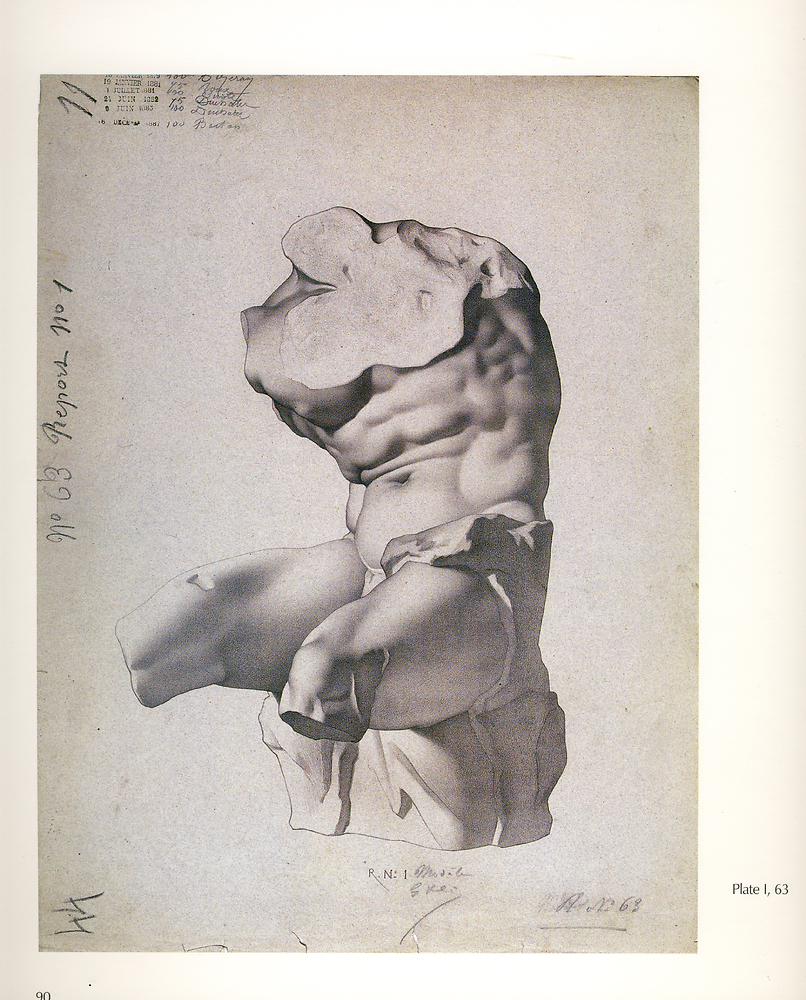
Plate I 63, Belvedere torso, front
by
Charles Bargue
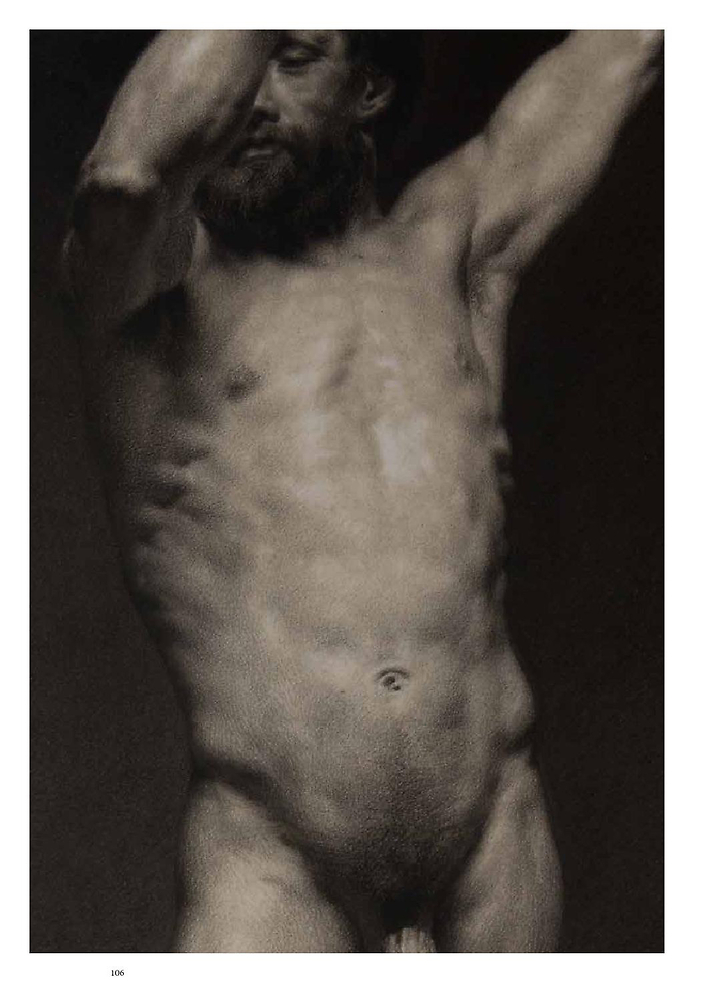
Male study, close-up, 80×60, charcoal, italian pencil, chalk, paper, 1856; compiled in Drawing Samples for Copying / Obraztsy Dlya Kopirovaniya by V.A. Mogilevtsev by П. П. Чистяков – Public domain
Furthermore, as people who trained by copying seem to develop a strong bias as a result, I would recommend to balance the learning as such.
Spend 80%1 of your time on precise and fairly accurate drawings, and reserve the remaining 20% for:
- Composition: the essence of visual art;
- Basic color work: while value is of utmost importance, sensibilizing you to color early on won’t hurt;
- Study looser approaches, which will help you develop a complementary mindset to the one you’d need for precise copy (Bargue & cie).
Regarding this last point, sketching arbitrary subjects from life, directly with ink, is a good exercise: it’ll confront you with a wide variety of subject and difficulties, and make you more eager to seek how professional artists approach them.
For this last point again, you may also want to learn from (traditional) Western animators, or Japanese mangaka/animators: not only are they constrained to develop an efficient drawing technique, given the sheer amount of work they have to accomplish, but their format generally constrain them to a high degree fo readability, especially when it comes to human expressions, an area were classical academical Western art is often rather dull.
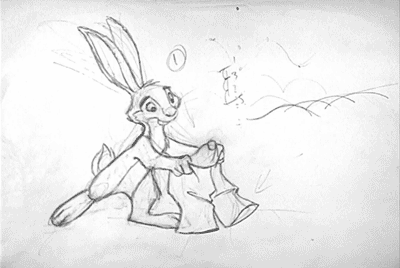

Remark: The first one has a frame counter. That’s more than 150 drawings for a few seconds of animation: you’d better have an efficient approach.
Remark: Even if you’re goal is say, to make animation, or to draw manga, I would still advise to distribute your study time as presented earlier. The development of accuracy means your eyes will become more sensitive: it’ll make it easier to assimilate visual information.
-
The numbers are arbitrary. Read: spend most of your time on this, and much less albeit still substantial on that. Overtime, you should be able to understand how to balance your education on your own. ↩︎
Comments
By email, at mathieu.bivert chez: